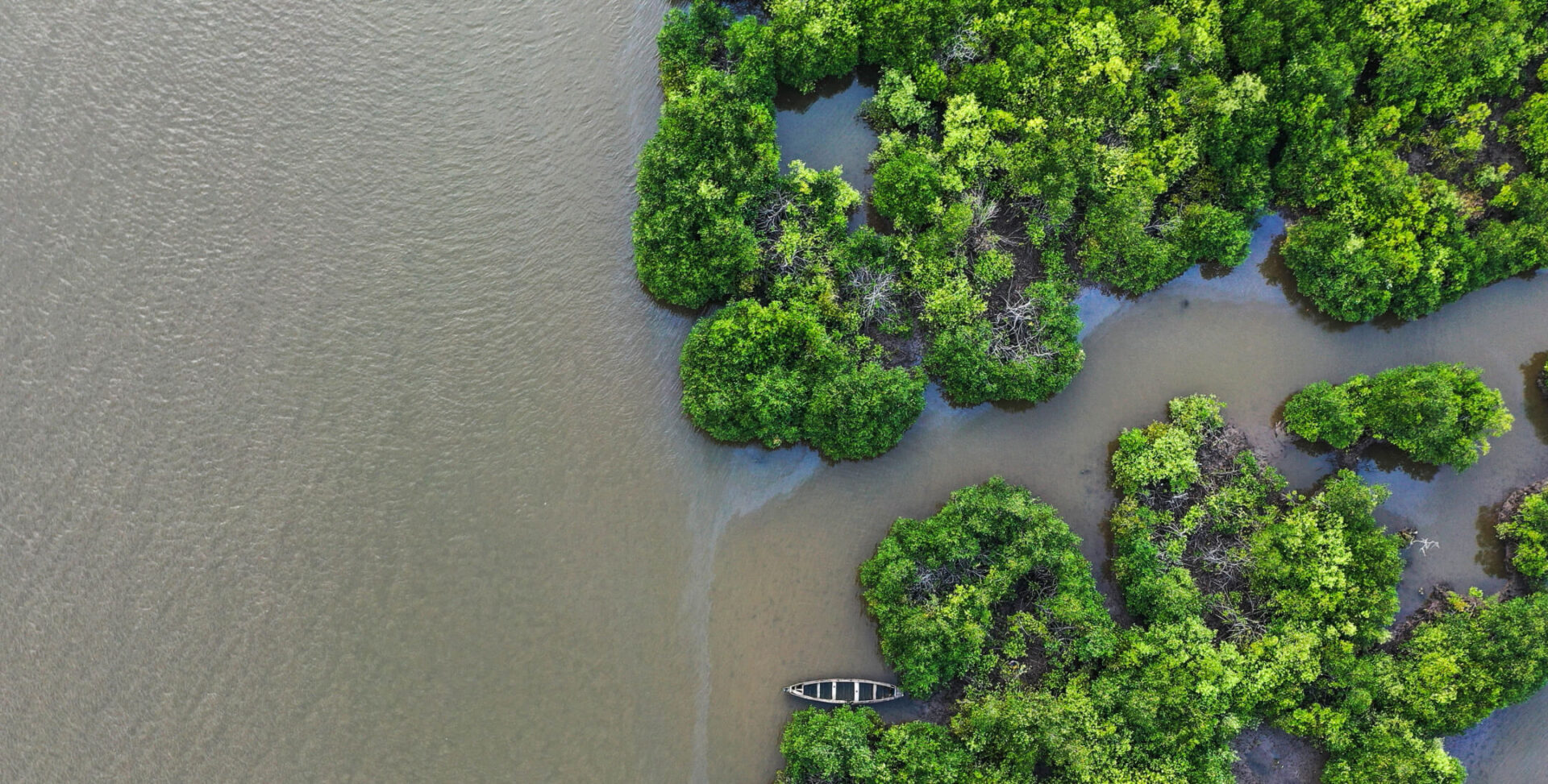ORRAA Action Report 2021
Read about the innovative projects undertaken by ORRAA, in conjunction with its members, in 2021, in our first Action Report.

Project Lead: The Nature Conservancy
Financial Support: In-Kind1 and the Government of Canada
ORRAA partners The Nature Conservancy (TNC) and AXA XL are working to transform coastal wetland management in the Caribbean by creating both a carbon and a resilience value for mangrove ecosystems.
Blue Carbon Resilience Credits will allow corporations to offset their carbon footprint while supporting resilience and delivering multiple co-benefits for many island communities.
Mangroves, sea grasses, and salt marshes have a quadruple bottom line. They are nurseries for a variety of marine life, capture nutrient pollution as it flows from the land into the sea, can sequester up to 10 times more carbon than terrestrial forests, and provide a protective barrier against incoming wave energy from coastal storms. Blue Carbon Resilience Credits are an emerging financial mechanism designed to capture the sequestration benefits of these coastal wetlands.
Blue Carbon Resilience Credits are an innovation being developed by TNC and AXA XL to recognise the benefits of protecting and restoring these habitats to support coastal adaptation to sea level rise through, for example flood reduction.
This ORRAA-supported project aims to transform coastal wetland management by creating both a carbon and a resilience value for mangrove ecosystems in the Caribbean and globally. Blue Carbon Resilience Credits will – for the first time – allow corporations to offset their carbon footprint while at the same time supporting resilience by reducing flooding in highly vulnerable coastal areas through the conservation and restoration of coastal wetlands. This will not only help protect millions of people, but also deliver multiple co-benefits, including healthier fisheries, water purification, and improved local livelihoods. The project has completed a pre-feasibility study for carbon and resilience credit market project development across two sites covering 10,000 hectares of mangroves. It is estimated that by restoring these sites alone, more than US$140 million a year in property damages could be avoided and over 750 people would be at reduced risk of flood impacts.
Despite the COVID pandemic preventing site visits, TNC has worked with local stakeholders to identify two sites to take to the next stage of market project development. It is now working with these local partners to establish a baseline for the project, including creating updated mangrove site maps to distinguish between dwarf and fringing mangroves. TNC is also examining other blended finance mechanisms to establish and scale additional Blue Carbon Resilience Credit projects across the Caribbean and beyond.
1 This project is part of an in-kind contribution to the Ocean Risk and Resilience Action Alliance (ORRAA). Through this support, ORRAA’s members enable us to scale our collective impact and to build the product pipeline from the ground up.